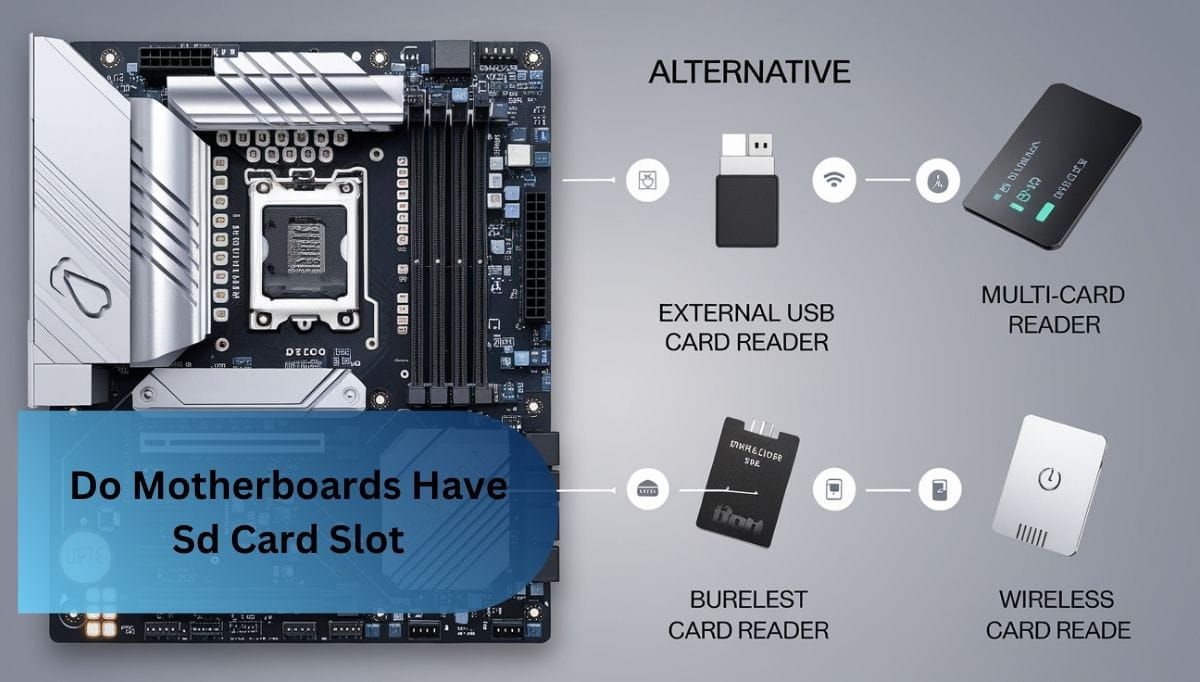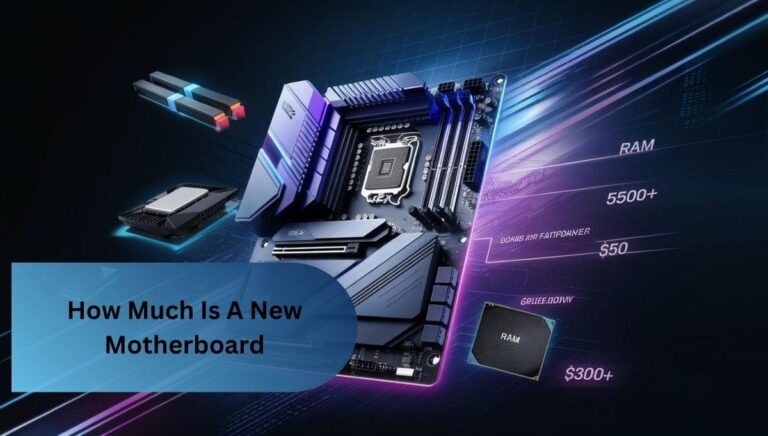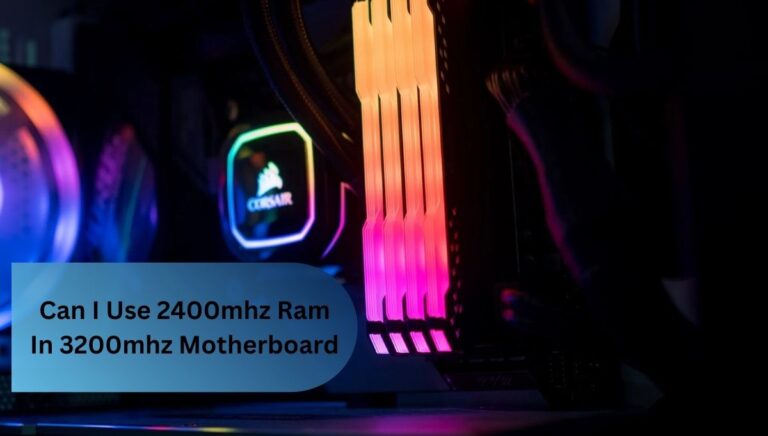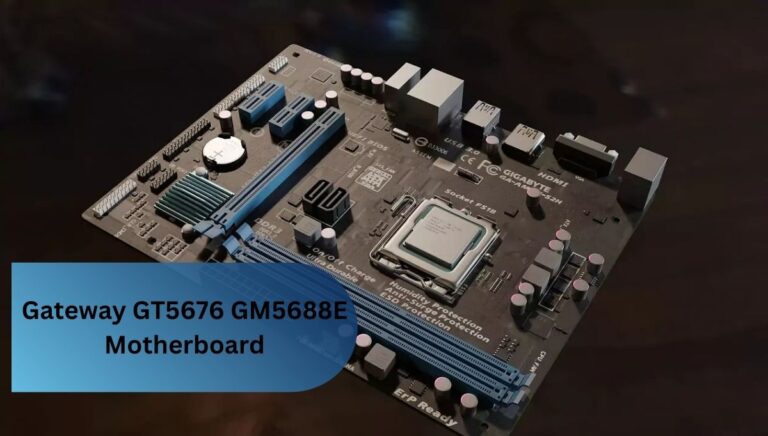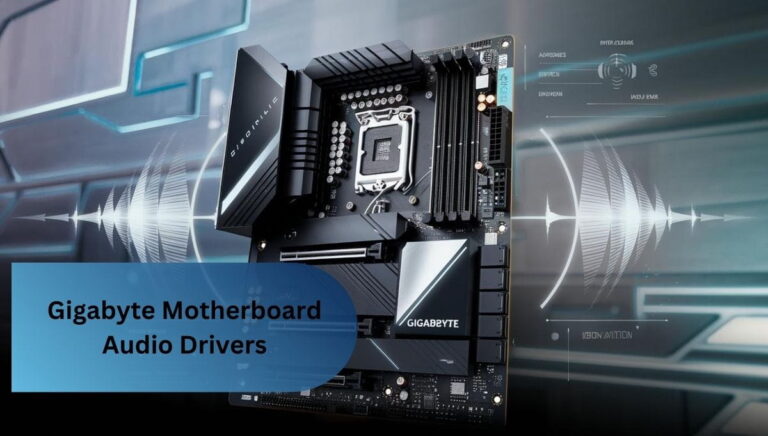Do Motherboards Have Sd Card Slot – Lets Explore!
Most motherboards don’t include an SD card slot, which can be a hassle when transferring photos or videos. I found using an external USB card reader much easier and more convenient. It’s a simple solution that saves time and keeps everything organized.
Most motherboards do not have built-in SD card slots, making them less common as a standard feature. For those who frequently use SD cards, an external card reader is a practical alternative.
Introduction Do Motherboards Have Sd Card Slot
When considering whether motherboards have SD card slots, it’s important to note that this feature is not typical for most models. Many users wonder, do motherboards have SD card slots, especially if they frequently work with media files.
While some specialized motherboards may include an SD card slot, it’s generally rare. Therefore, if you need to access SD cards often, it’s advisable to explore external card readers, as the answer to do motherboards have SD card slots is mostly no.
Understanding Motherboards And Their Functions
Understanding motherboards and their functions is essential for anyone interested in computers. The motherboard acts as the main circuit board, connecting all the components like the CPU, RAM, and storage devices.
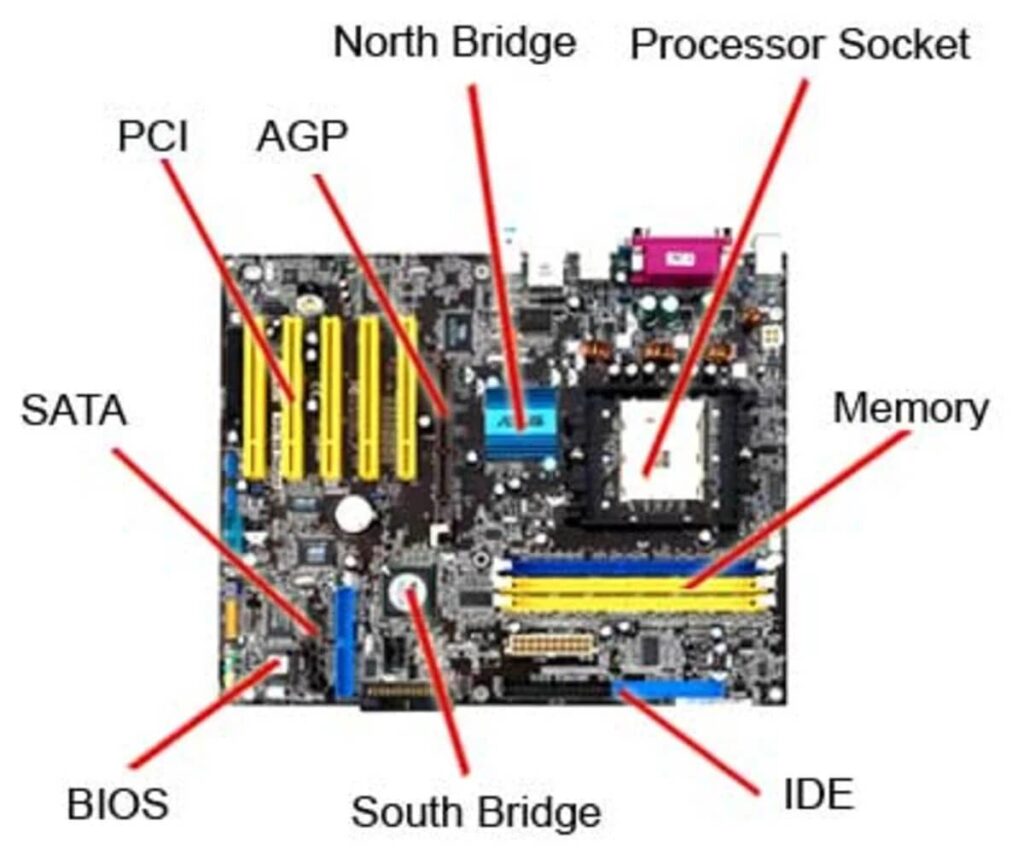
It allows these parts to communicate with each other, ensuring the system runs smoothly. Additionally, motherboards provide various slots and ports for expansion cards and peripherals, enabling users to upgrade their systems as needed. Overall, the motherboard is crucial for a computer’s performance and functionality, making it the backbone of any build.
Do Motherboards Have Built-In SD Card Slots!
1. Overview of Motherboard Features:
Motherboards serve as the central hub of a computer, connecting all essential components like the CPU, RAM, and storage. They feature various slots and ports for expansion, enabling users to customize and upgrade their systems easily. Understanding these features helps in choosing the right motherboard for specific needs and applications.
2. Alternatives to Built-In SD Card Slots:
- External USB Card Readers: These devices connect to your computer via a USB port, making it easy to read and transfer files from SD cards. They are portable and often support multiple card formats.
- Internal Card Reader Expansion Slots: Some motherboards have expansion slots that allow you to install an internal card reader. This option keeps your workspace tidy while providing quick access to SD cards.
- Smartphone and Tablet Apps: If you have a smartphone or tablet, many apps can transfer files from an SD card using a card adapter, allowing you to access your media without needing a computer.
- Cloud Storage Solutions: Uploading files directly from your SD card to a cloud service can be a practical alternative. This method keeps your data accessible from any device with internet access.
Read Also: Does Any Power Supply Work With Any Motherboard – A Guidance!
Why Don’t Most Motherboards Include SD Card Slots
Most motherboards do not include SD card slots for several reasons. One primary factor is that the demand for SD card slots is relatively low compared to other features, such as USB ports and PCIe slots. Manufacturers often prioritize components that cater to a wider range of users.
Additionally, many people rely on external card readers or other devices for accessing SD cards, making built-in slots less necessary. As technology evolves, the need for various connectivity options also changes, leading to a focus on more versatile and universally compatible features.
1. Reasons for Lack of SD Card Slots on Motherboards:
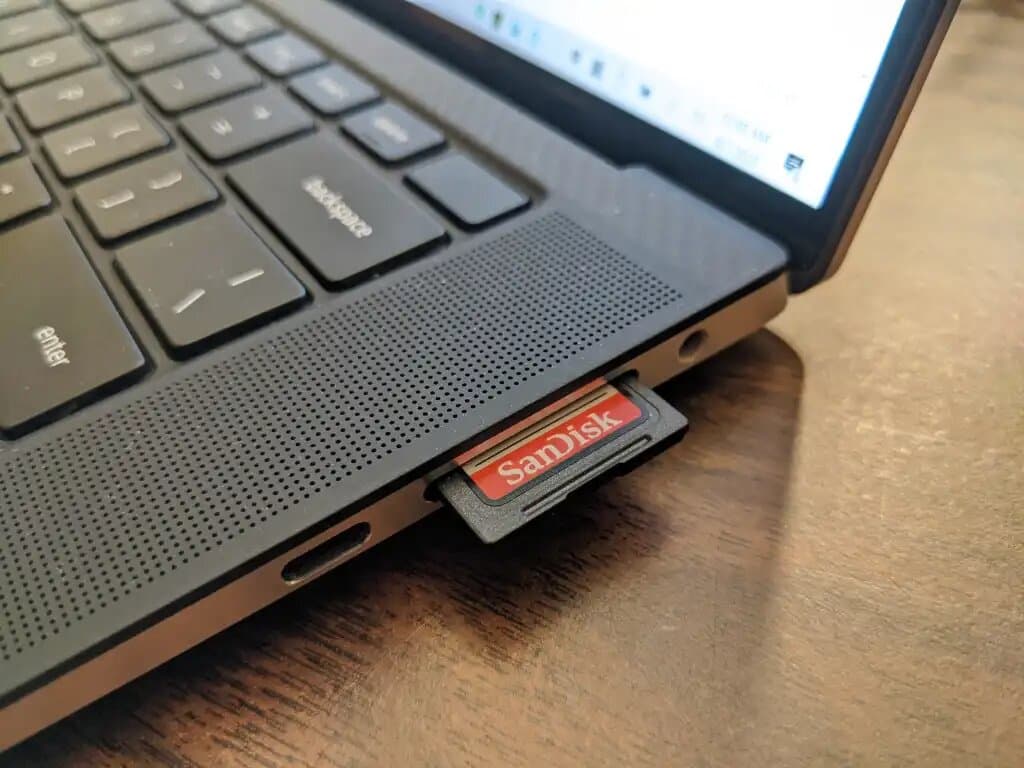
- Low Demand: Many users prefer using external card readers, reducing the need for built-in slots.
- Space Constraints: The design of motherboards involves limited space, so manufacturers prioritize essential components over additional slots.
- Technological Changes: With the rise of cloud storage and alternative file transfer methods, the reliance on SD cards has decreased.
- Cost Considerations: Including an SD card slot can increase manufacturing costs, which might not be justified by the potential benefits.
Types Of Sd Card Readers
1. USB Card Readers:
USB card readers are compact devices that connect directly to a computer’s USB port, making it easy to read and transfer files from various memory cards. They support multiple formats, including SD and microSD, providing a convenient solution for quick data access.
2. Multi-Card Readers:
Multi-card readers are versatile devices that can read various types of memory cards simultaneously, making them ideal for users with multiple devices. They often feature multiple slots for different card formats, allowing for quick and easy file transfers without needing several separate readers.
3. Built-In Card Readers:
Built-in card readers are integrated into some laptops and motherboards, providing a convenient way to access memory cards without additional equipment. They typically support various card formats, making it easy to transfer files directly to your device.
4. Wireless Card Readers:
Wireless card readers allow users to transfer files from SD cards to devices without any physical connections. They typically connect via Wi-Fi or Bluetooth, making it easy to access and share data on smartphones, tablets, or computers.
Choosing The Right Solution
- Assess Your Needs: Determine how often you use SD cards and for what purpose. This will help you decide whether you need a simple card reader or a more advanced option.
- Consider Compatibility: Ensure that the card reader you choose supports the specific types of memory cards you use, such as SD, microSD, or CompactFlash.
- Portability: If you travel frequently or need to transfer files on the go, opt for a compact and lightweight card reader that’s easy to carry.
- Speed and Performance: Look for card readers that offer fast data transfer speeds, especially if you work with large files like photos or videos.
- Connectivity Options: Decide whether you prefer a USB, multi-card, or wireless card reader based on how you plan to connect it to your devices.
Read Also: Is My Ram Compatible With Motherboard – A Compressive Guide!
Additional Tips For Optimizing Sd Card Usage
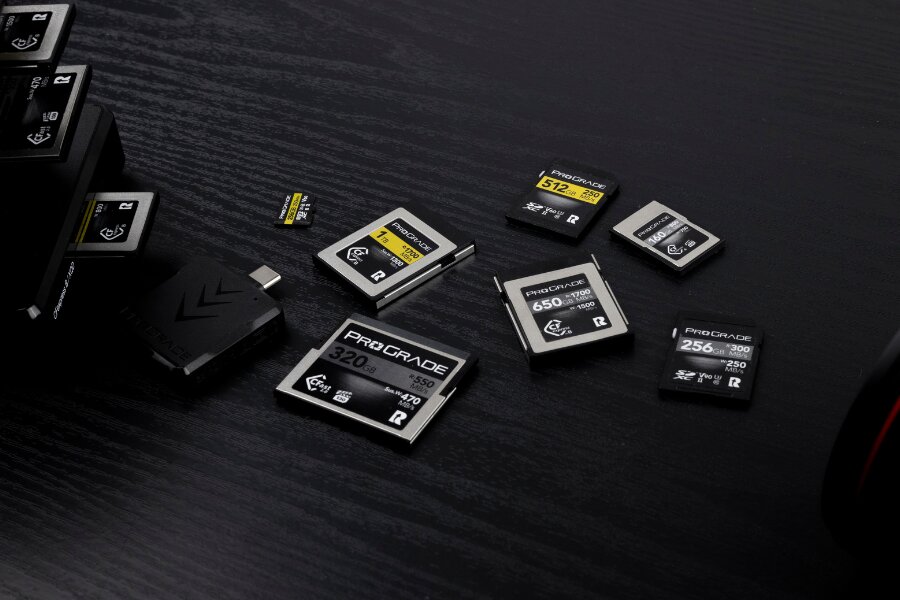
- Regularly Format Your SD Card: Formatting your SD card can help maintain its performance. Regularly clearing the card of unnecessary files can prevent corruption and ensure it operates smoothly.
- Safely Eject the Card: Always use the “eject” option on your device before removing the SD card. This helps avoid data corruption and keeps your files secure.
- Store in a Safe Place: Keep your SD card in a protective case when not in use to prevent physical damage and dust accumulation. This simple step can extend the card’s lifespan.
- Back Up Your Data: Regularly back up important files stored on your SD card to another device or cloud storage. This ensures you won’t lose valuable data in case of card failure.
FAQ’s
1. Are there any advantages to using a wireless card reader?
Wireless card readers allow you to transfer files without physical connections, providing convenience and flexibility. They can connect via Wi-Fi or Bluetooth, making them great for mobile devices.
2. Is it safe to use multiple card readers?
Yes, using multiple card readers is safe. Different readers may offer different features or speed capabilities, allowing you to choose the one that best fits your needs.
3. Will an SD card reader work with all operating systems?
Most SD card readers work with major operating systems like Windows, macOS, and Linux. It’s a good idea to check the reader’s specifications to confirm it will work with your device.
4. How do I know if my SD card is compatible with my reader?
Check the specifications of your card reader for supported card types. Most readers will indicate which formats they can read, ensuring compatibility.
5. Can I use an SD card with a USB-C adapter?
Yes, you can use an SD card with a USB-C adapter if your device has USB-C ports. Just ensure that the adapter supports the specific card format you are using.
Conclusion:
Most motherboards do not come with built-in SD card slots, making them a rare feature in standard models. Users who frequently work with SD cards can opt for external USB card readers or install internal card readers for convenience.
While the absence of an SD card slot may seem limiting, various alternatives are available to ensure smooth data transfer and storage. Understanding these options helps users make informed choices based on their needs and preferences.
Read More:
